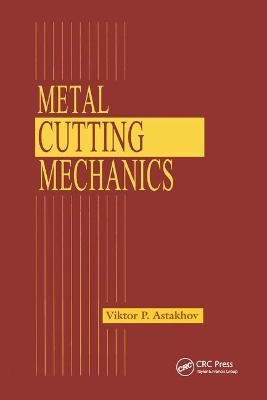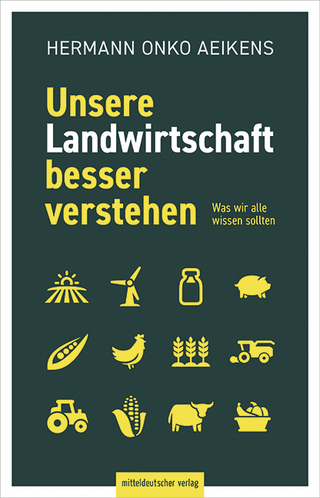
Metal Cutting Mechanics
CRC Press (Verlag)
978-0-367-40014-9 (ISBN)
considering the system engineering of the cutting process
identifying the singularity of the cutting process among other closely related manufacturing processes by chip formation, caused by bending and shear stresses in the deformation zone
suggesting a distinctive way toward predictability of the metal cutting process
devoting special attention to experimental methodology
Metal Cutting Mechanics provides an exceptional balance between general reading and research analysis, presenting industrial and academic requirements in terms of basic scientific factors as well as application potential.
Astakhov, Viktor P.
Introduction General Reasons for Studying Metal Cutting History of Metal Cutting Basic Problems Requiring Solution Parallel-Sided Deformation Zone Theory The Role of Engineering Plasticity in Metal Cutting Studies Application of the Slip Line Method to the Analysis of the Shear Zone Model with Parallel Boundaries Analysis of Plastic Deformation in Metal Cutting Strain Rate in Metal Cutting Work Material Consideration What Has to Be Predicted According to the Existing Theories Review of Attempts Made to Predict Shear Flow StressWhat Has to Be Predicted in Reality? Experimental Verification The Cause of Significant Discrepancy in Reported Results Nature of Plastic Deformation in Polycrystalline Materials Fracture of Ductile Polycrystalline/Fracture Strain Determination Mechanism of Fracture in Metal Cutting Fracture Strain Determination System Approach Observation Part of Existent Studies on Chip Formation System and Assemblage Cutting System Finite Element Simulation General Computational Details of Simulation Applications of FEM Results and Discussions Methodology of Experimental Studies in Metal Cutting Similarity Methods in Metal Cutting Temperature Measurements in Metal Cutting Cutting Force Measurements Appendix: Cutting Tool Geometry A1 - Tool-in-Hand System A2 - Tool-in-Machine System (Setting System) A3 - Tool-in-Use System A4 - Determination of the Uncut Chip Cross-Section for Non-Free and Non-Orthogonal Cutting Conditions
| Erscheinungsdatum | 11.10.2019 |
|---|---|
| Verlagsort | London |
| Sprache | englisch |
| Maße | 156 x 234 mm |
| Gewicht | 444 g |
| Themenwelt | Naturwissenschaften ► Biologie |
| Technik ► Maschinenbau | |
| Technik ► Umwelttechnik / Biotechnologie | |
| ISBN-10 | 0-367-40014-6 / 0367400146 |
| ISBN-13 | 978-0-367-40014-9 / 9780367400149 |
| Zustand | Neuware |
| Haben Sie eine Frage zum Produkt? |
aus dem Bereich


